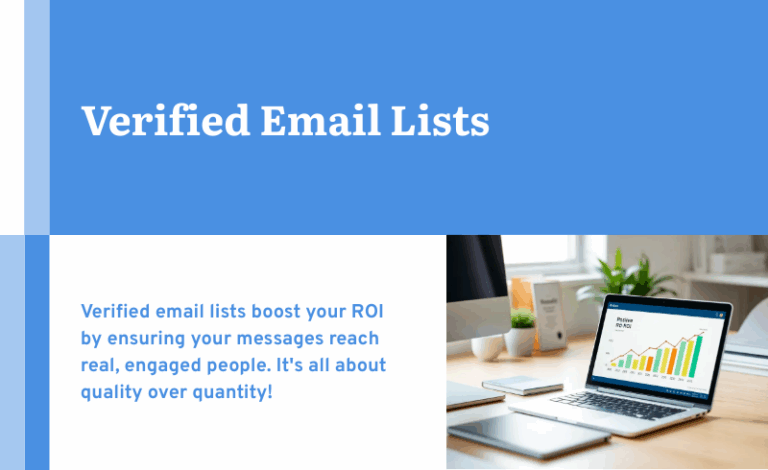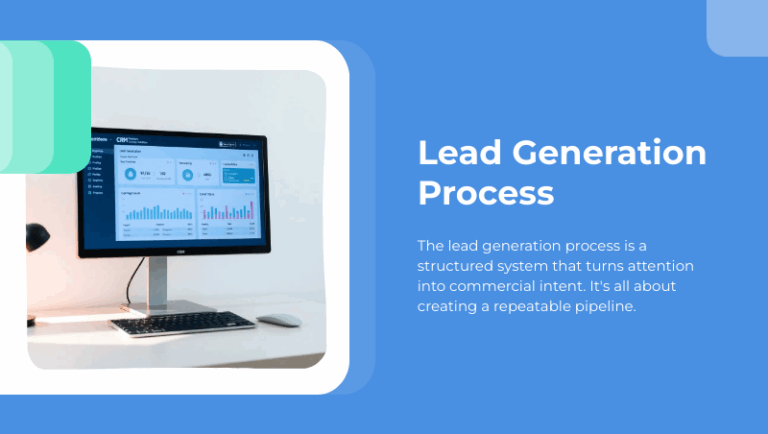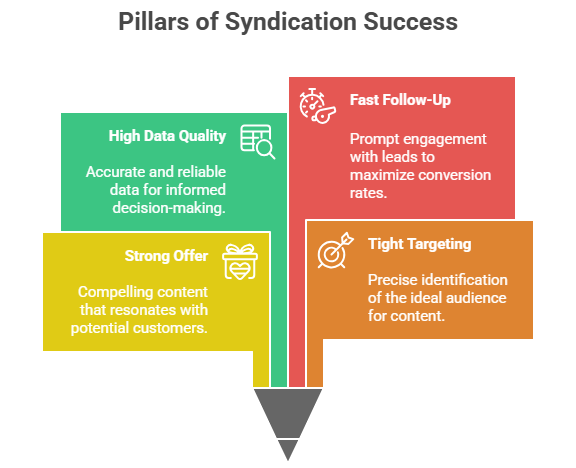The modern customer-driven experience can feel a little bit like building a bridge as your lead crosses it. You need split-second timing, thorough knowledge of the terrain, and a lot of confidence to promise your prospect that you’ll build the ideal customer experience around him or her at every step of the buying journey. Now, try doing it with every lead in real time.
That’s adaptive marketing, and it’s only possible when you optimize your marketing automation system.
Customers First
It’s easy to talk about making your marketing strategy customer-centric, but implementing it is more of a challenge, especially as customers have gotten more demanding. They want a personalized, responsive buying experience that lets them move seamlessly from decision to decision in their own time. If they encounter friction or feel rushed or held back, they’ll look elsewhere.
Instead of thinking in conventional top-down marketing terms, a MARKETING AI® works as a bottom-up system. Instead of a linear buying journey, it allows leads to follow their own paths to reach their destination via on-demand lead nurture programs. As leads flow into nurture streams, they get content that’s tailored for their specific needs in response to actions they take. If a lead clicks through a link in a blog post, for instance, your marketing automation system tracks that behavior and spotlights content that’s relevant to that specific topic.
Responsive Design
People interact with you on a bewildering array of platforms. They might start the day browsing email on a smartphone, check Twitter on a tablet, visit your site from an office desktop, and show your latest white paper to a group of executives on a laptop – and that’s all before lunch. How do you make sure your content looks good from every angle and adapts to these changing virtual environments?
Responsive design ensures that every contact visitors have with your brand looks polished and feels functional. Copy, images, and calls to action become modular elements that are optimized to display differently on multiple platforms so you’re just as accessible from a phone as you are from the office. Instead of frustrating your leads with links that aren’t reachable or text that isn’t legible, let them shape their customer experience the way they choose. Wherever they go, you’re there for them with responsive design.
Getting to Know Your Prospects
Analytics are the basis of any responsive, customer-driven marketing strategy. You can’t respond to their needs if you don’t know what they are, after all, so your first job is to fill in the blanks on your prospects’ account files. Data enhancement is a good place to start; so is gated content that asks for a little information up front before letting leads through. Automated reports can then tell you more about your leads as a whole as well as individually. When you have a detailed picture of market segments as a group, you can spot issues quickly and take the necessary action. Let’s say you see a sudden spike in downloads of a particular white paper; looking at your analytics should show you why leads are suddenly studious and show you what you can do next to hold their interest.
© Reach Marketing LLC 2017 All Rights Reserved.



